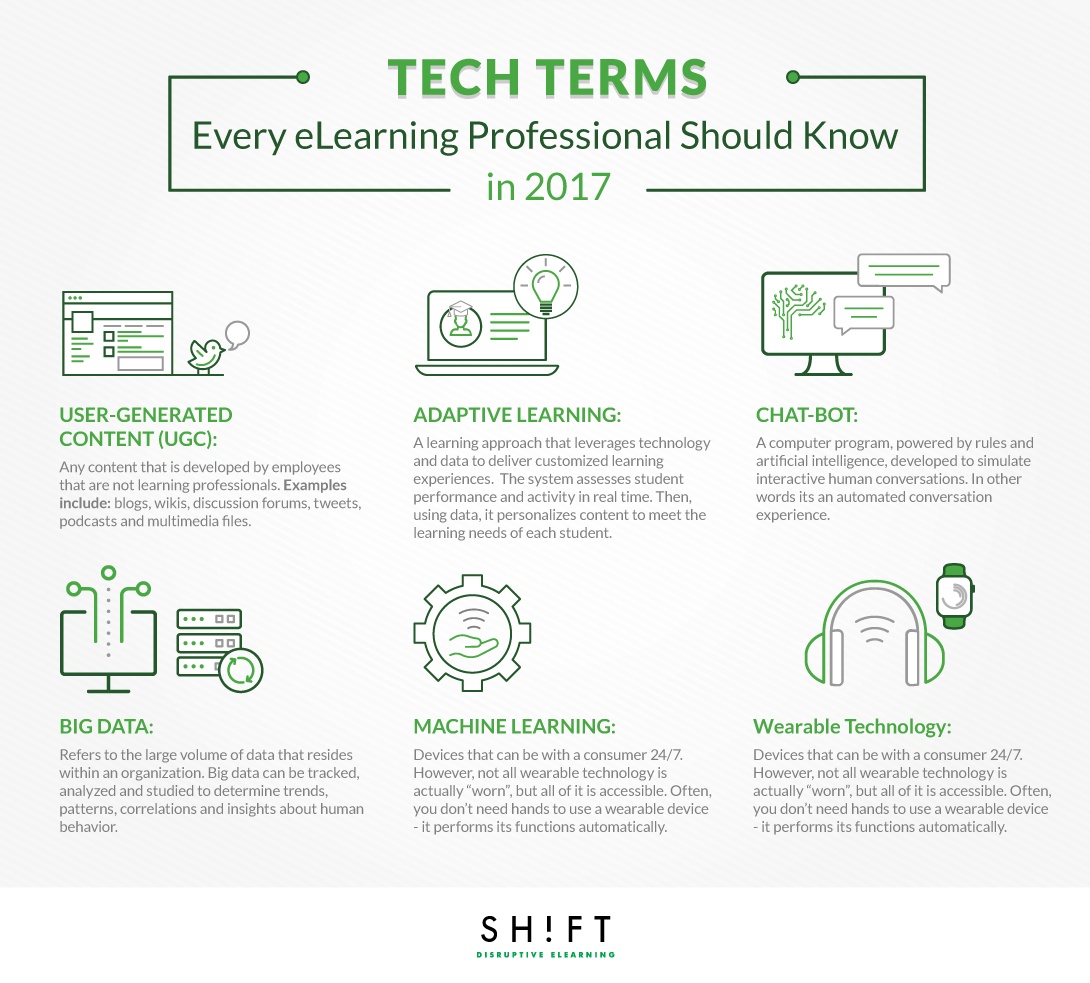
A graphic design degree may be the right choice for you if you have always wanted to become a graphic designer, but aren't sure where to start. Graphic design is a high-demand career. There are many options, including online programs and campus-based courses. If you're considering earning a degree in graphic design, there are many benefits of earning this degree. Studying can be affordable and you won't have to worry if you get out of debt.
Career options
Graphic design students will be able to choose from many different career paths. They can find work in both print and online interactive products, as well as freelance work. These jobs are highly respected and can be very lucrative. Graduates could find work at universities, colleges, hospitals or museums. They are also available in government and non profit organizations.
A graduate of a graphic design program may choose to specialize. For example, a packaging design professional might concentrate on marketing and product design while a magazine designer might choose to specialize in InDesign or photography. Many graphic design programs provide multiple concentrations that prepare graduates for a broad range job opportunities.

Cost
The cost of a graphic design degree varies depending on where you study. An associate degree of graphic design typically costs $4,000 - $6800, while a bachelor's is much more expensive. It is possible to take advantage of online payment plans, which can be significantly cheaper than programs offered on campus.
Graphic design degrees are expensive. Schools can differ in their prices so it is worth looking at other schools to see what options are available online. It will be surprising to see the difference! The price listed is the total cost of the degree. Additional costs like prerequisite courses and professional licensing can increase the cost.
Coursework
Graphic design students will need to take some courses before they can graduate. You can choose to specialize in one particular area, or you can get an interdisciplinary degree that combines several fields. No matter what your career choice, there are plenty of options available.
Graphic design courses often combine theory and practice. They learn about color theory, design principles, type, layout, as well as the history of graphic design. Additionally, students will learn about the history of graphic designing as well how to create and interpret designs. Students will also complete a capstone project where they apply the skills acquired in each course to a professional assignment.

Career outlook
A graphic design degree can lead to a variety of different careers. This type is available in a variety of fields, including websites, magazines, and apps. It's also found in advertising, packaging, billboards, and more. Graphic design is a great option for people who love to tell stories through the power of visual media. According to the BLS, there will be 261,000 jobs in graphic design by 2030.
While graphic design jobs might be harder to find, they will continue to be in high demand. Keep up to date with current trends and seek out work that will make an impact. Don't place too much pressure on yourself if your goal is to make book covers. Flexible goals are also important.
FAQ
What equipment is needed to do eLearning effectively?
When you begin an online course, the most important thing is to make sure everything is set up properly on your computer. Adobe Captivate and a webcam are two of the most important tools you will need.
It is also important to ensure that you have all necessary software on your computer. These include Microsoft Office (Word Excel, PowerPoint), Adobe Acrobat Reader Flash Player, Java Runtime Environment QuickTime 7, Flash Player, Flash Player, Flash Player, Flash Flash 10.0, and Shockwave Flash 10.0.
Camtasia Studio is a screen-capture program that TechSmith offers. It allows you monitor what is happening on your computer screen, even while you are doing other things.
You might also want to download web conferencing tools like WebEx and GoToMeeting. These programs enable you to connect with others who are simultaneously watching the same presentation. They let you share your Desktop with others.
How can I decide which eLearning platform I want to use?
Today, there are many eLearning platforms. Some are free while others are more costly.
Ask yourself some questions when choosing between these options.
-
Do I want to design my own learning materials If you do, there are lots of tools that can help you create your own online courses. These include Adobe Captivate. Articulate Storyline. Lectora. iSpring Suite. and Camtasia.
-
Do you want to purchase pre-made eLearning courses There are many companies that sell pre-packaged courses. These courses cost between $20 and $100. Mindjet, Edusoft and Thinkful are the most popular.
-
Do I want a combination of both? Many people find that mixing their own materials with those supplied by companies produces the best results.
-
Which option is right? It all depends upon your situation. You might want to create your own materials if you're new to eLearning. After you gain experience, you may be able to purchase pre-designed courses.
Why do many prefer taking eLearning courses?
It is easy to see why. First, they allow for flexibility. It's not necessary to be at class at a certain time and place. You can also learn online. Thirdly, these courses provide an opportunity to learn without any distractions. They are also very affordable.
Do you need an Internet connection to eLearning?
It all depends what you're looking for. If it's just an online course, then no internet connection is required. Access to the internet is required if you plan to use interactive features like quizzes, etc.
Is eLearning really effective?
E-learning is a powerful tool to provide learning content wherever you are. It provides learners with access to information anytime, anywhere.
E-learning also allows you to deliver training programs on demand without the need for expensive travel costs or classroom space.
How much multimedia should an eLearning class contain?
This depends on what you're trying to achieve. You may prefer to communicate information quickly. If you're looking to deliver training that helps people do something, however, more might be better.
You must know what you want out of your eLearning course. You also need to understand what your learners expect from your course. This will enable you to ensure that you have enough content to achieve your objectives.
For example:
You should include many examples of text documents to help people learn how to use Microsoft Word. To teach Excel to people, you will need to show them many different types.
You also need to consider whether you want to use video or images to illustrate concepts.
Video is great to show people how it works, but not so much for explaining complex topics. It is also expensive to produce. Although images are easier to create, they don't have the same emotional impact of a video.
The bottom line is that you must think about your goals before you design an eLearning course.
Statistics
- Hedonism incorporates intrinsic motivation, including novelty, challenge, excitement, and pleasure (Schwartz et al., 2012), which is likely to predict user perception of e-learning enjoyment. (sciencedirect.com)
- E-learning is intended to enhance individual-level performance, and therefore intend to use of e-learning should be predicted by a learner's preference for self-enhancement (Veiga, Floyd, & Dechant, 2001). (sciencedirect.com)
- The UK sample was relatively balanced in terms of gender (56% male) compared to the Gambian group (77% male). (sciencedirect.com)
- India's PC market clocks 9.2% growth to 3.4 million units in the September quarter (economictimes.indiatimes.com)
External Links
How To
What is the importance of e-learning?
E-Learning can be a great way for companies to keep employees interested at all times. They are able to learn from one another and from experts. This helps them stay competitive while gaining valuable knowledge.
E-Learning provides employees with the chance to interact with each others, creating a sense o community.
E-Learning is becoming more popular due to its efficiency and low cost. Employers have come to realize that they don’t need additional staff to train their employees.
The following are some benefits of elearning
-
Low Cost – There is no need for you to purchase expensive equipment, such as projectors or computers. Access to the internet all you require is an internet connection.
-
E-Learning offers high efficiency and saves money over traditional training methods.
-
Flexibility – Employees can access e-learning from anywhere, anytime. They do not have to attend classes to receive training.
-
You can personalize e-learning. It can be presented in any manner that suits the needs of the learners.
-
Self-paced - Learners have the freedom to work when and where they want, without worrying about getting graded.
-
Interactive - Elearning allows learners to interact via discussions and polls.
-
Accessible – E-learning is available to everyone who has an internet connection.
-
Interactivity – E-learning promotes interaction between students, teachers and other learners. This makes learning fun and interesting.
-
Relevance - Elearning is relevant to the learner’s current job. This means that the learner will be able immediately to use what he/she has learned.
-
Social Learning - Elearning allows learners to exchange ideas and experience with one another. This promotes peer learning and collaboration among them.
-
Collaboration - Elearning allows learners to share their knowledge with one another. This improves communication skills and teamwork.
-
Personalized Learning – E-learning lets individuals customize their learning experience. This makes it more fun and engaging.
-
Online Communities – People can form virtual communities using e-learning. This gives them a sense belonging.
-
Peer Feedback--E-learning gives learners feedback based on their performance. This encourages them to improve their performance.
-
Repeatability – E-learning can easily be repeated when necessary.
-
Portability – Elearning content can easily be accessed from different devices, including smartphones, tablets and laptops.
-
Scalability - Elearning can be scaled easily.
-
Multimedia Content: E-learning uses multimedia to enhance learning.
-
Digital Library-E-learning offers digital libraries to learners where they can store their resources. These materials can be easily found later.
-
Mobile Learning – Now you can deliver E-learning via your mobile phone or tablet.
-
AdaptiveLearning - Elearning adapts to the learner's level.
-
Gamification - Gamification is an electronic learning system that incorporates games into the learning process. This increases motivation and engagement.
-
Virtual Classrooms: E-learning allows teachers and students to communicate via virtual classrooms.
-
Realtime Communication - Elearning facilitates real time communication between students and teachers.
-
Remote Learning-E-learning is conducted remotely by both the student and the teacher.
-
Distance Education - Elearning is distance education. It's a course that takes place over a prolonged period of time.
-
Open Source Learning: E-learning is based on open-source software, so everyone can access and use the same material.